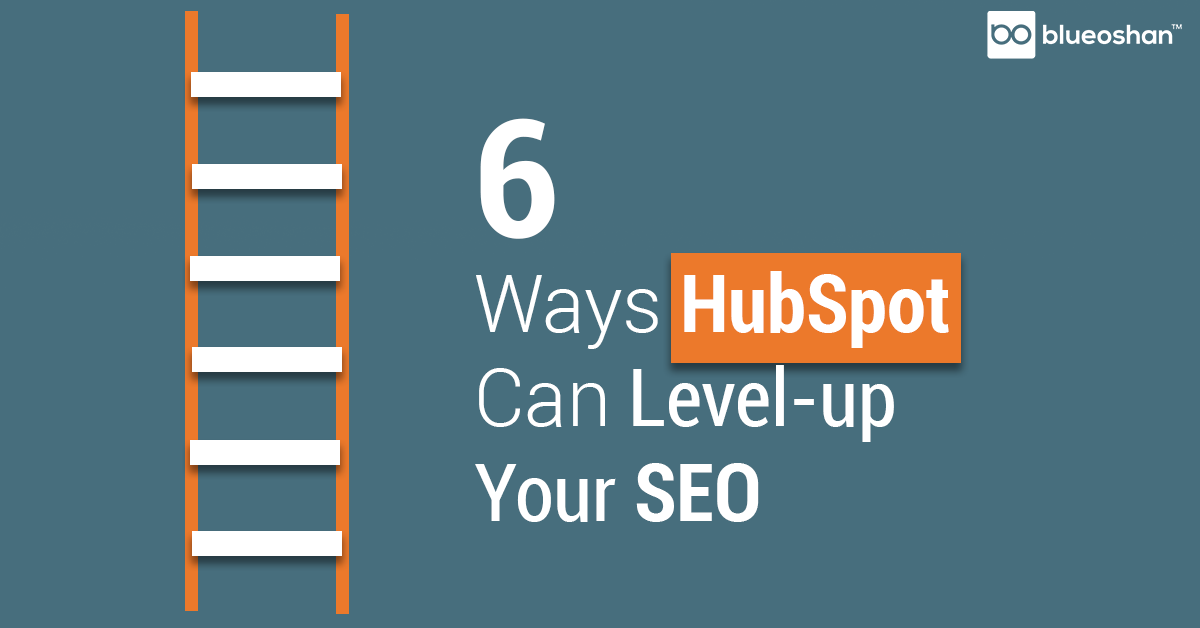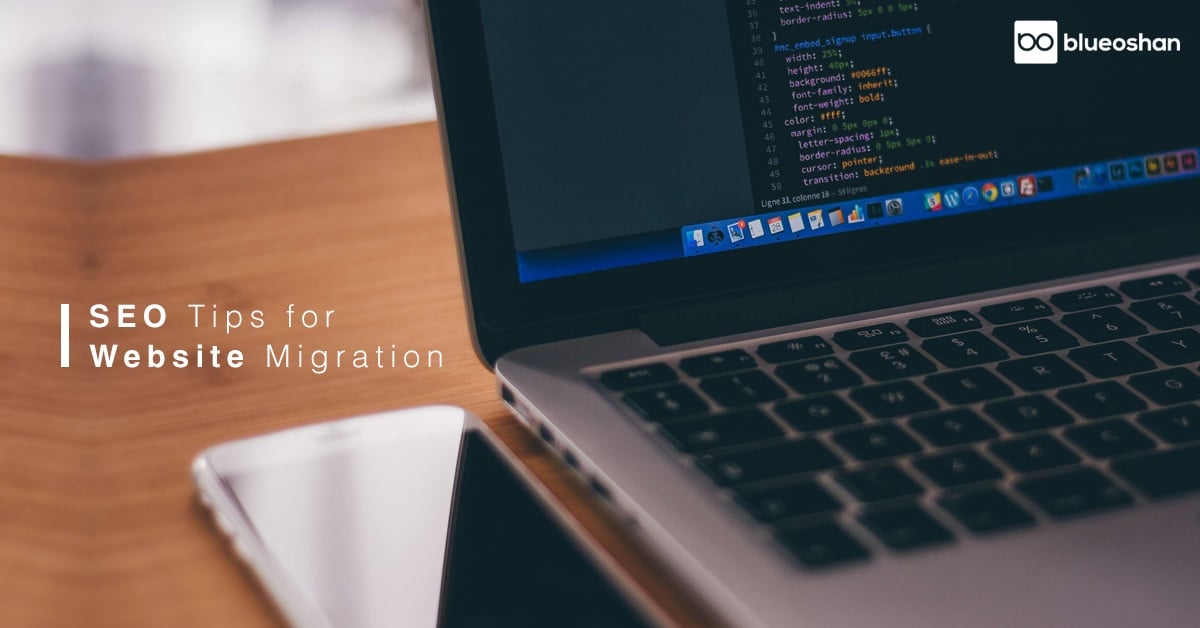-
MarTech Services
- HubSpot
- OneSignal
HubSpot
Technical Consulting
Partner with experts who understand your HubSpot systems and business needs inside out.
Revenue Operations
Drive revenue growth with tailored RevOps strategies designed for HubSpot users.
Hubspot Integration Services
Seamlessly integrate HubSpot with your existing tools to enhance operational efficiency.
Sales Enablement
Boost your sales team’s efficiency with focused HubSpot Sales Enablement solutions.
CRM Data Migration
Effortlessly migrate your CRM data to HubSpot with precision and support.
Hubspot Onboarding
Efficiently onboard clients to HubSpot, ensuring a smooth transition and rapid platform adoption.
HubSpot Administration
Maximize your HubSpot investment with expert management and optimisation tailored for HubSpot clients.
Marketing Assets Development
Develop, deploy, and manage digital assets, ensuring a fresh and engaging presence.
-
Solutions
-
Website Services
Website Development
We bring together expertise, creativity, and measurable results, making us the go-to choice for HubSpot website creation.
Website Migration
Our approach to website migration goes beyond a technical transfer; we prioritize a user-centric experience.
Website Maintenance
Optimize your online presence with effective, growth-driven websites focusing on nurturing website visitors, creating and deploying content, and tracking progress with precision.
Website Audit
Is your website performing at its peak? Our CMS Consultants are here to help you find out with our comprehensive Website Audit service.
-
Resources
-
Company
Clients
We have worked with clients from various industries across the globe, making our journey diverse and exciting.
Team
We put decades of experience where our mouth is. So what you get is market-tested and tried, not theory. We believe in plain speak, which we believe works better than jargon.
Solutions Partner
BlueOshan is not just a partner; we are among the most experienced and adept in the HubSpot ecosystem.
- Contact Us
6 Ways HubSpot Can Level-Up Your SEO

Shantha Kumar
June 7, 2024

Spending a lot of time to write a piece of content that nobody will ever read could be frustrating. The content you produce might be a life-changing master piece, but it will not have the desired impact if you ignore to optimize the content for Search Engines.
Search engine optimization (SEO) improves the quantity and quality of organic traffic to your website. Ranking high on SERPs is key to gaining visibility for your content because users are more likely to click on one of the top five suggestions in the results pages (SERPS).
If you have hosted your website or blog on HubSpot, there are several ways to boost your content for search engine result pages.
HubSpot, a leading platform for inbound marketing and sales, offers robust tools and features that can significantly elevate your SEO strategy. Whether you're new to HubSpot or looking to optimize your current usage, here are six ways HubSpot can help you level-up your SEO efforts:
1. Integrated SEO Tools
HubSpot provides comprehensive SEO tools that empower you to optimize your content for search engines effectively. From keyword research and optimization suggestions to tracking performance metrics, HubSpot’s integrated tools simplify the SEO process, ensuring your content is discoverable and drives quality traffic.
2. Content Strategy and Management
Central to HubSpot’s offerings is its Content Strategy tool, which facilitates seamless content planning, creation, and management. By aligning your content with SEO best practices and audience preferences, you can generate valuable, optimized content that ranks well in search results.
3. On-Page SEO Optimization
HubSpot’s intuitive content editor and optimization tools enable you to implement on-page SEO best practices effortlessly. This includes optimizing meta tags, headers, and URLs, as well as ensuring your content is structured for readability and search engine visibility.
4. Analytics and Reporting
Understanding the impact of your SEO efforts is crucial for continuous improvement. HubSpot provides robust analytics and reporting features that allow you to monitor key SEO metrics such as traffic, keyword rankings, and engagement. Real-time data insights help you make informed decisions and refine your SEO strategy for optimal results.
5. Technical SEO Guidance
HubSpot offers guidance on technical SEO aspects such as site performance, mobile responsiveness, and HTTPS security. These factors are critical for enhancing user experience and meeting search engine requirements, ultimately improving your website’s ranking and visibility.
6. Integration with HubSpot CRM and Marketing Tools
Integrating your SEO efforts with HubSpot’s CRM and marketing automation tools enhances your ability to nurture leads and convert them into customers. By leveraging insights from SEO analytics within a unified platform, you can create personalized content experiences that resonate with your audience and drive conversions.
Conclusion
Harnessing the power of HubSpot for SEO can significantly amplify your digital marketing efforts. By utilizing its integrated tools for content management, on-page optimization, and performance tracking, you can enhance your website’s visibility, attract qualified traffic, and achieve sustainable growth in organic search rankings.
Whether you’re a small business looking to establish a stronger online presence or a seasoned marketer aiming to optimize your SEO strategy, HubSpot provides the resources and capabilities to support your goals effectively. Embrace these six strategies to leverage HubSpot’s SEO prowess and propel your business towards greater success in the digital landscape.
If you’re ready to unlock the full potential of HubSpot for your SEO strategy, contact us today to explore how we can assist you in maximizing your online presence and driving measurable results. Let’s elevate your SEO game with HubSpot!

Shantha Kumar
kumar@blueoshan.comKumar is a Digital Marketer with 28 years of international experience. He has specific expertise in consulting, designing and implementing technology driven, Inbound Marketing Solutions. Aside from writing our blogs, he practices yoga, loves to trek, travel, and read biographies. He is believer of traditional Indian medicines and healing methods.
Related Articles

February 13, 2024

June 8, 2024

June 10, 2024